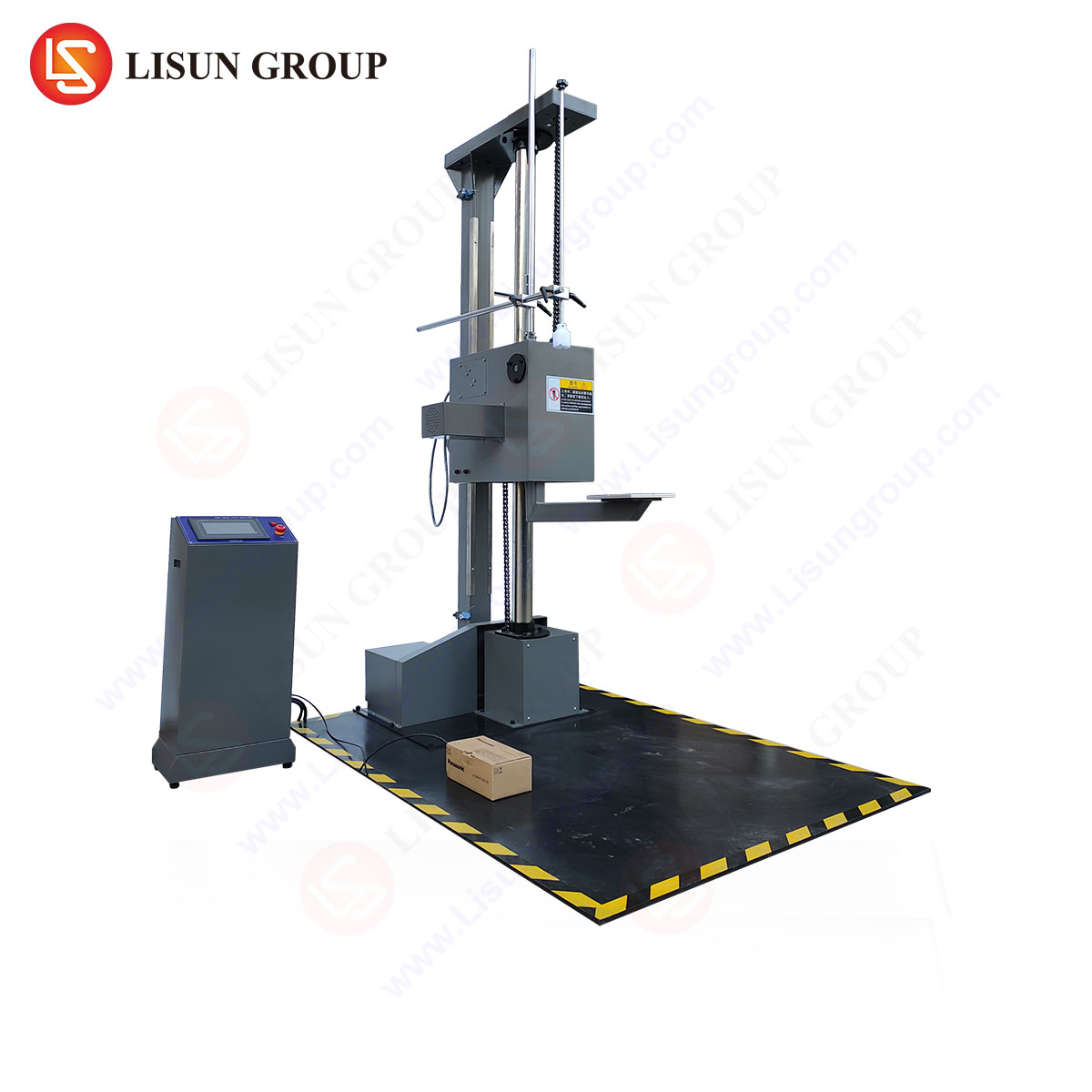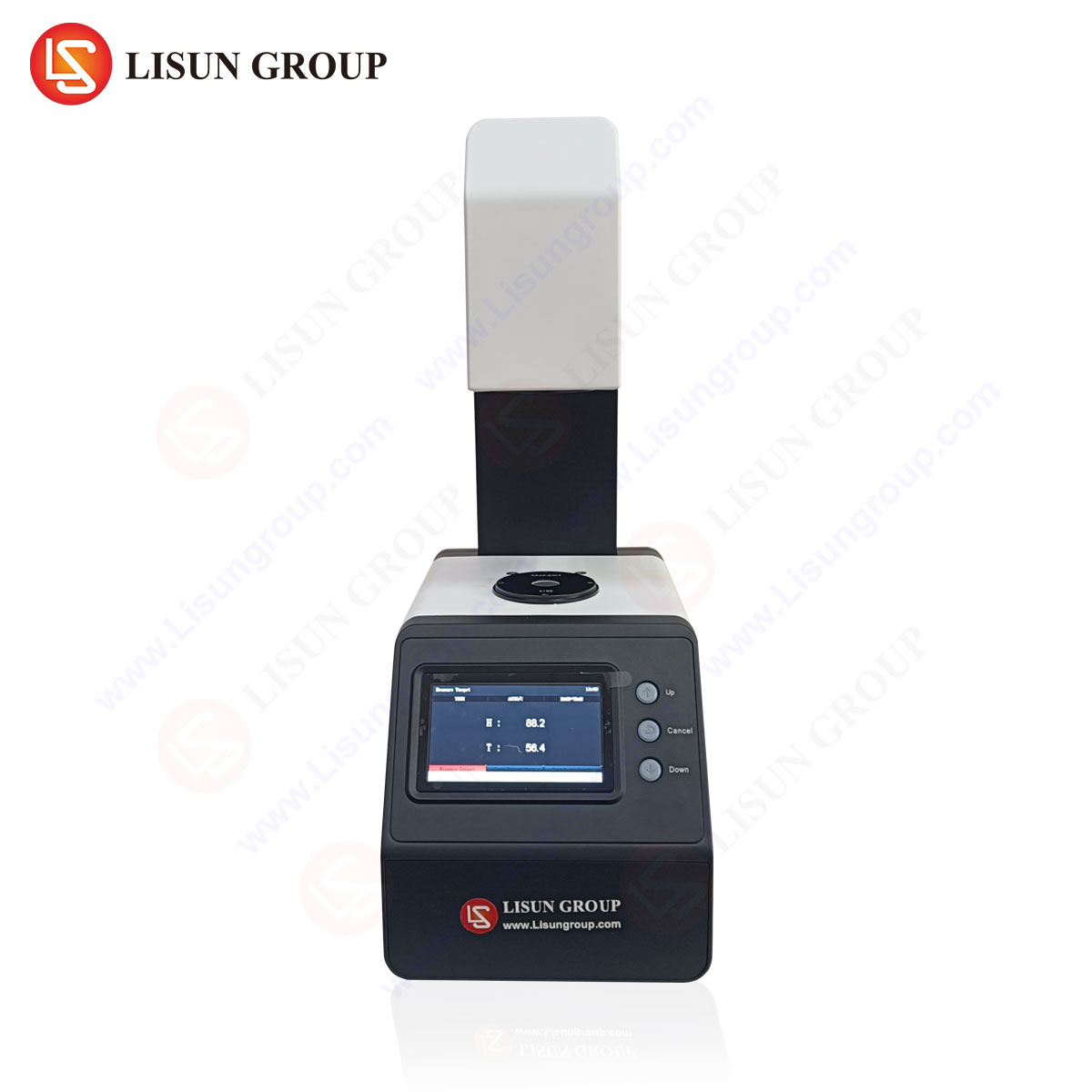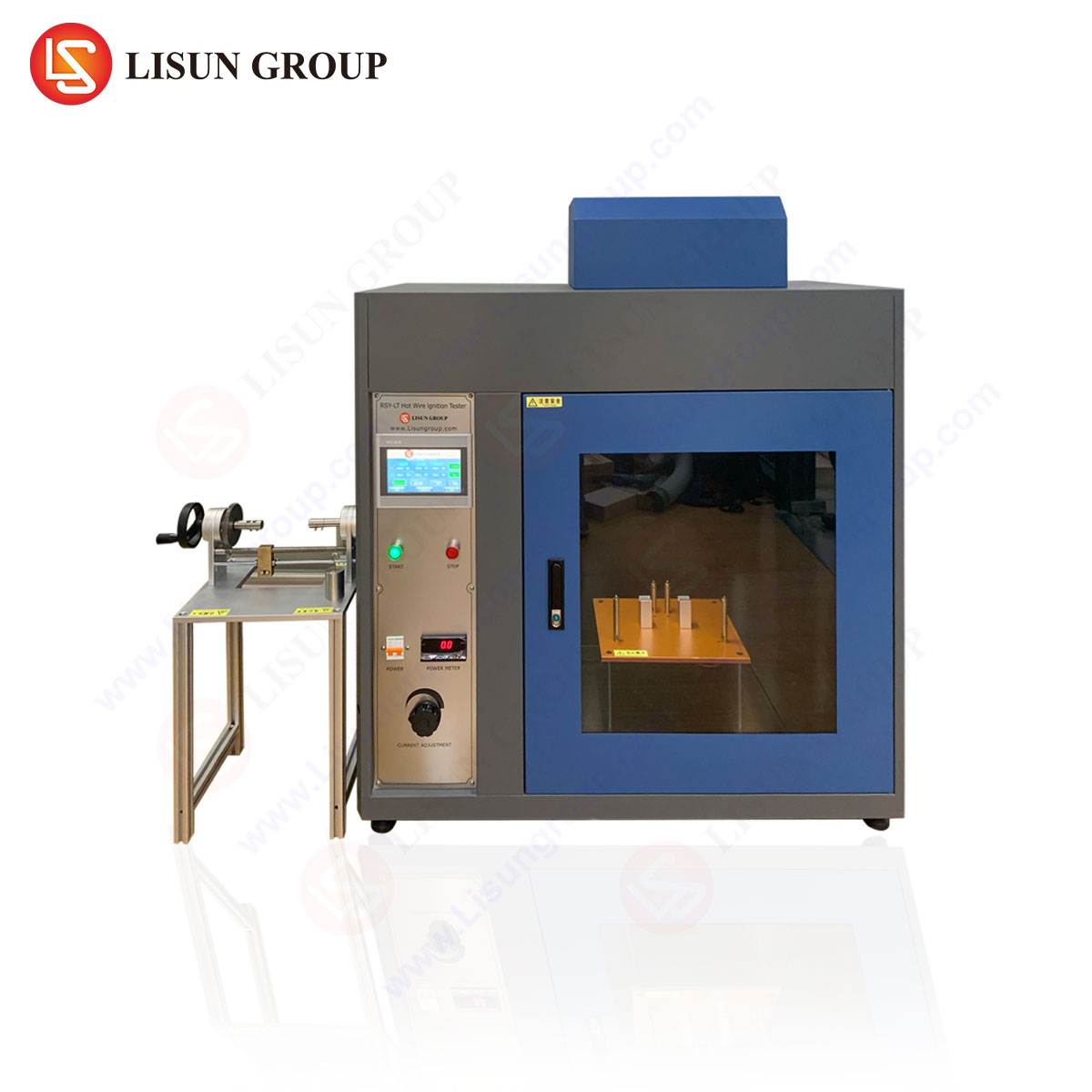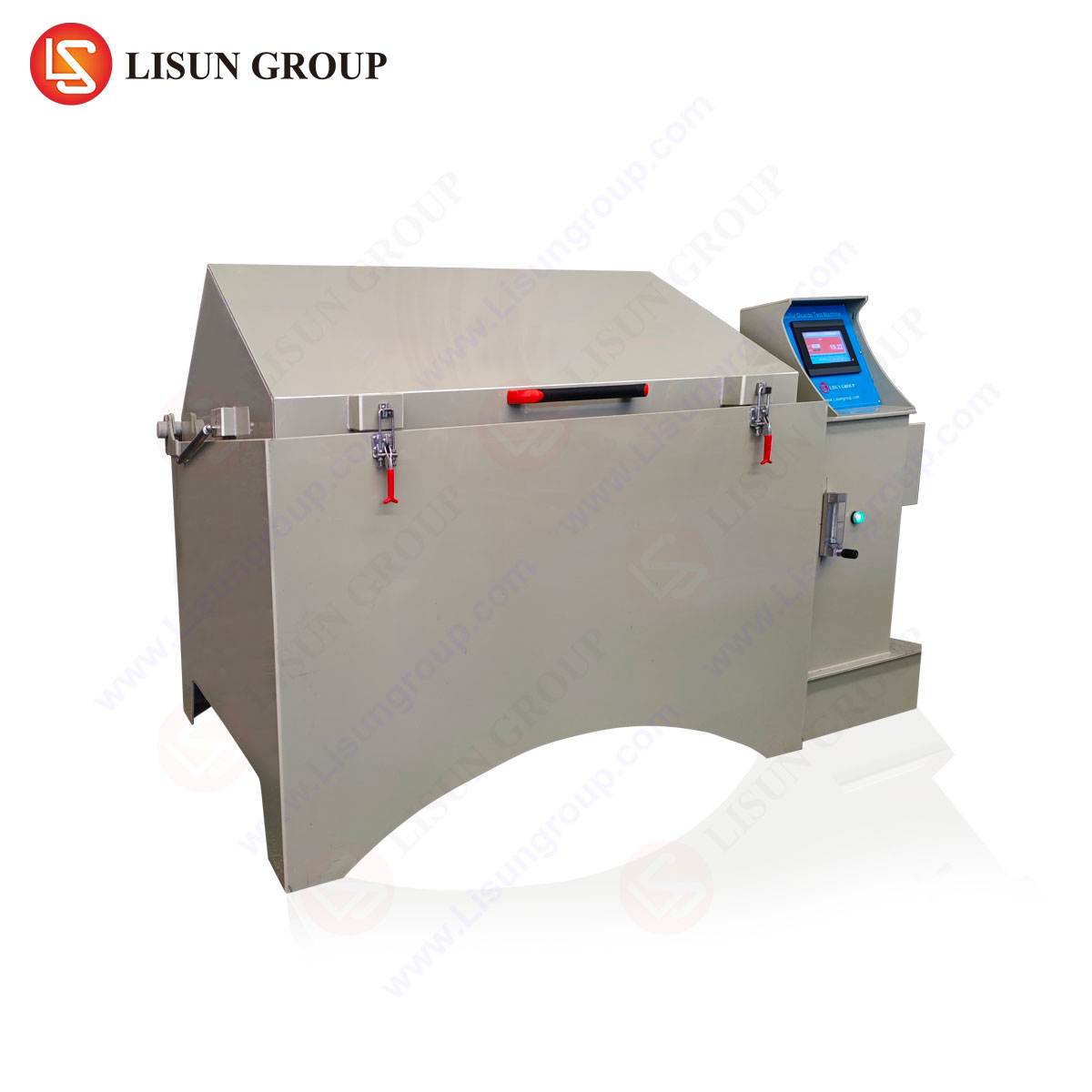Introduction to Turbidity Measurement in Industrial and Electronic Applications
Turbidity measurement is a critical analytical process used to quantify the cloudiness or haziness of a fluid caused by suspended particles. In industrial and electronic sectors, turbidity meters serve as indispensable tools for quality control, material testing, and compliance verification. The HM-100 Haze Meter/Turbidity Meter by LISUN exemplifies precision instrumentation designed to meet stringent industry requirements, particularly in applications involving transparent or translucent materials.
This article examines the scientific principles behind turbidity measurement, explores industry-specific use cases, and highlights the technical advantages of the HM-100 in comparison to conventional turbidity meters.
Optical Principles of Turbidity Measurement
Turbidity meters operate on the principle of light scattering and absorption. When a light beam passes through a sample, suspended particles scatter the light at various angles, while dissolved or colloidal substances absorb specific wavelengths. The degree of scattering correlates with the sample’s turbidity, typically measured in Nephelometric Turbidity Units (NTU) or Formazin Nephelometric Units (FNU).
The HM-100 employs a dual-beam optical system with a stable light source and high-sensitivity photodetectors to minimize interference from ambient light and electronic noise. Its design adheres to ISO 7027 and ASTM D1003 standards, ensuring repeatable measurements for transparent and translucent materials such as polymers, glass, and liquid solutions.
Key Specifications of the HM-100 Haze Meter/Turbidity Meter
The HM-100 is engineered for precision in diverse industrial environments. Its specifications include:
| Parameter | Value |
|---|---|
| Measurement Range | 0–100% Haze, 0–400 NTU |
| Light Source | IR LED (860 nm) |
| Detector Type | Silicon photodiode |
| Repeatability | ±0.1% Haze (for clear samples) |
| Compliance Standards | ISO 7027, ASTM D1003, CIE 15.3 |
| Sample Thickness | Up to 40 mm |
The instrument’s wide dynamic range and high repeatability make it suitable for applications requiring stringent optical clarity assessments.
Industry-Specific Applications of Turbidity Meters
Electrical and Electronic Equipment
In the production of display panels, optical films, and protective coatings, turbidity measurements ensure minimal light diffusion. The HM-100 evaluates the haze levels in anti-glare films used in touchscreens, verifying compliance with display readability standards.
Automotive Electronics
Headlight lenses and dashboard displays require consistent optical properties to prevent light scattering under varying environmental conditions. The HM-100 provides quantitative haze data to validate material durability and transparency in automotive-grade polymers.
Medical Devices
For IV bags, syringe barrels, and diagnostic cuvettes, turbidity measurements confirm the absence of particulate contamination. The HM-100’s high sensitivity detects micro-scale imperfections that could compromise sterility or optical performance.
Aerospace and Aviation Components
Cabin windows and sensor covers must maintain optical clarity despite exposure to UV radiation and temperature fluctuations. The HM-100 assists in accelerated aging tests by quantifying haze formation in polycarbonate and acrylic materials.
Competitive Advantages of the HM-100 in Industrial Testing
The HM-100 distinguishes itself through several technical innovations:
- Dual-Beam Compensation: Compensates for LED degradation and power fluctuations, ensuring long-term measurement stability.
- Automated Calibration: Reduces operator-dependent errors with self-calibration routines traceable to NIST standards.
- Multi-Parameter Output: Simultaneously measures haze, transmittance, and clarity index, streamlining quality control workflows.
Comparative studies indicate a ±0.5% deviation in haze measurement for the HM-100 against reference materials, outperforming single-beam turbidimeters prone to drift.
Standards and Regulatory Considerations
The HM-100 aligns with international standards governing optical clarity testing:
- ISO 14782: Plastics—Determination of haze for transparent materials.
- ASTM D1003: Standard test method for haze and luminous transmittance of transparent plastics.
- IEC 61340-5-1: Electrostatic discharge protection in electronic components, where surface clarity affects conductivity.
Adherence to these standards ensures compatibility with global supply chain requirements.
FAQ Section
Q1: How does the HM-100 handle highly viscous samples?
The HM-100 supports custom sample holders for viscous liquids or gels, with optional temperature control to maintain consistent viscosity during testing.
Q2: Can the HM-100 measure turbidity in colored liquids?
Yes, the IR light source minimizes interference from sample coloration, though highly absorbent samples may require dilution or alternative measurement modes.
Q3: What is the typical calibration interval for the HM-100?
Annual calibration is recommended, though the instrument’s self-diagnostic alerts prompt recalibration if drift exceeds ±1% NTU.
Q4: Is the HM-100 suitable for inline process monitoring?
While primarily designed for lab use, an industrial variant with flow-through cuvette compatibility is available for real-time monitoring.
Q5: How does the HM-100 compare to portable turbidimeters?
The HM-100 offers superior accuracy (±0.1% vs. ±2% in portable units) and multi-parameter analysis, making it ideal for R&D and high-precision manufacturing.
This concludes the technical overview of turbidity meters, with a focus on the HM-100’s role in modern industrial quality assurance.






